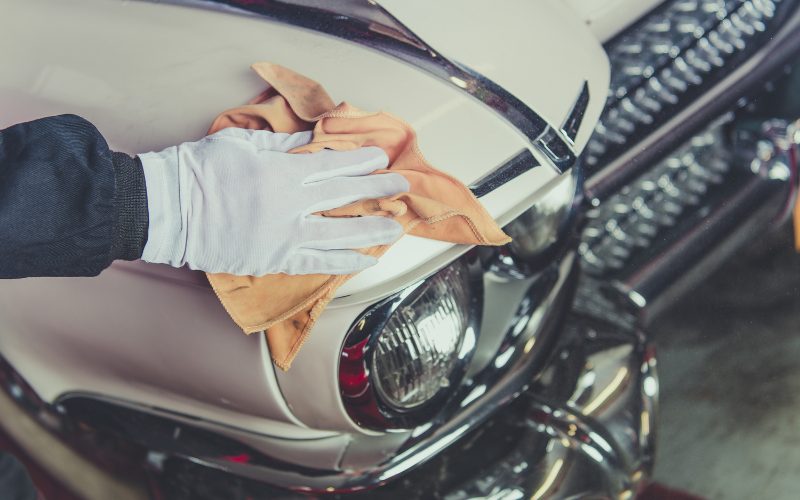
Introduction
Classic and vintage cars are not just modes of transportation; they’re timeless pieces of history and craftsmanship. Owning and maintaining one of these treasures is a privilege that comes with the responsibility of preserving their charm and functionality. Whether you’ve just acquired a classic car or have been a proud owner for years, here’s your essential guide to caring for your beloved automotive heirloom.
Regular Cleaning and Detailing
One of the cornerstones of classic car care is regular cleaning and detailing. Dust, dirt, and pollutants can slowly degrade your car’s finish and materials. Here’s what you need to do:
- Gentle Wash: Use a pH-neutral car shampoo and a soft microfibre cloth to wash your car. Avoid using harsh brushes or high-pressure washers, as they can damage the paint and chrome.
- Thorough Drying: After washing, use a chamois or a microfiber drying towel to gently dry the car. Water spots can leave lasting marks, so ensure the car is completely dry.
- Waxing: Apply a high-quality car wax to protect the paint from UV rays and contaminants. Waxing also imparts a deep shine to your classic’s exterior.
- Interior Care: Vacuum the interior regularly to prevent dust and dirt buildup. Use a leather conditioner for leather seats and interior surfaces. For wood or metal accents, use appropriate wood or metal cleaning products to maintain their lustre.
Maintenance and Mechanical Care
- Fluid Checks: Regularly inspect and top up fluids such as oil, coolant, brake fluid, and transmission fluid. Classic cars might require more frequent checks due to their age.
- Tire Maintenance: Keep your tires properly inflated to prevent uneven wear. Check for cracks or signs of deterioration in the sidewalls and replace tires as needed.
- Engine Care: Start the engine regularly to prevent seals from drying out. Change the oil and perform regular tune-ups as specified in your car’s manual.
- Brake System: Maintain the brake system by checking brake pads, rotors, and brake fluid. Classic cars might have different braking mechanisms, so consult with a professional if needed.
Storage Tips
Proper storage is crucial for preserving the condition of your classic car, especially during harsh weather or long periods of non-use.
- Dry Environment: Store your car in a dry, temperature-controlled environment to prevent rust and mould growth.
- Cover It Up: Use a breathable car cover to protect your car from dust and debris. Avoid plastic covers, as they can trap moisture.
- Tire Care: If storing for an extended period, consider placing the car on jack stands to relieve the weight on the tires and prevent flat spots.
Seek Professional Help
- Mechanical Work: While DIY maintenance is rewarding, some tasks are best left to professionals. Regularly take your classic car to a trusted mechanic who specialises in vintage vehicles.
- Restoration Projects: If your car needs extensive restoration, find a reputable restoration shop that has experience with your car’s make and model.
Conclusion
Owning a classic or vintage car is exciting, but it comes with responsibilities. Regular cleaning, meticulous maintenance, proper storage, and seeking professional assistance when needed are all part of the commitment to preserving older automotives. With care and attention, your classic car can continue to turn heads and capture hearts for generations to come.
If you have a classic car business and are interesting in advertising with us, email us or visit www.mediachameleon.co.uk
